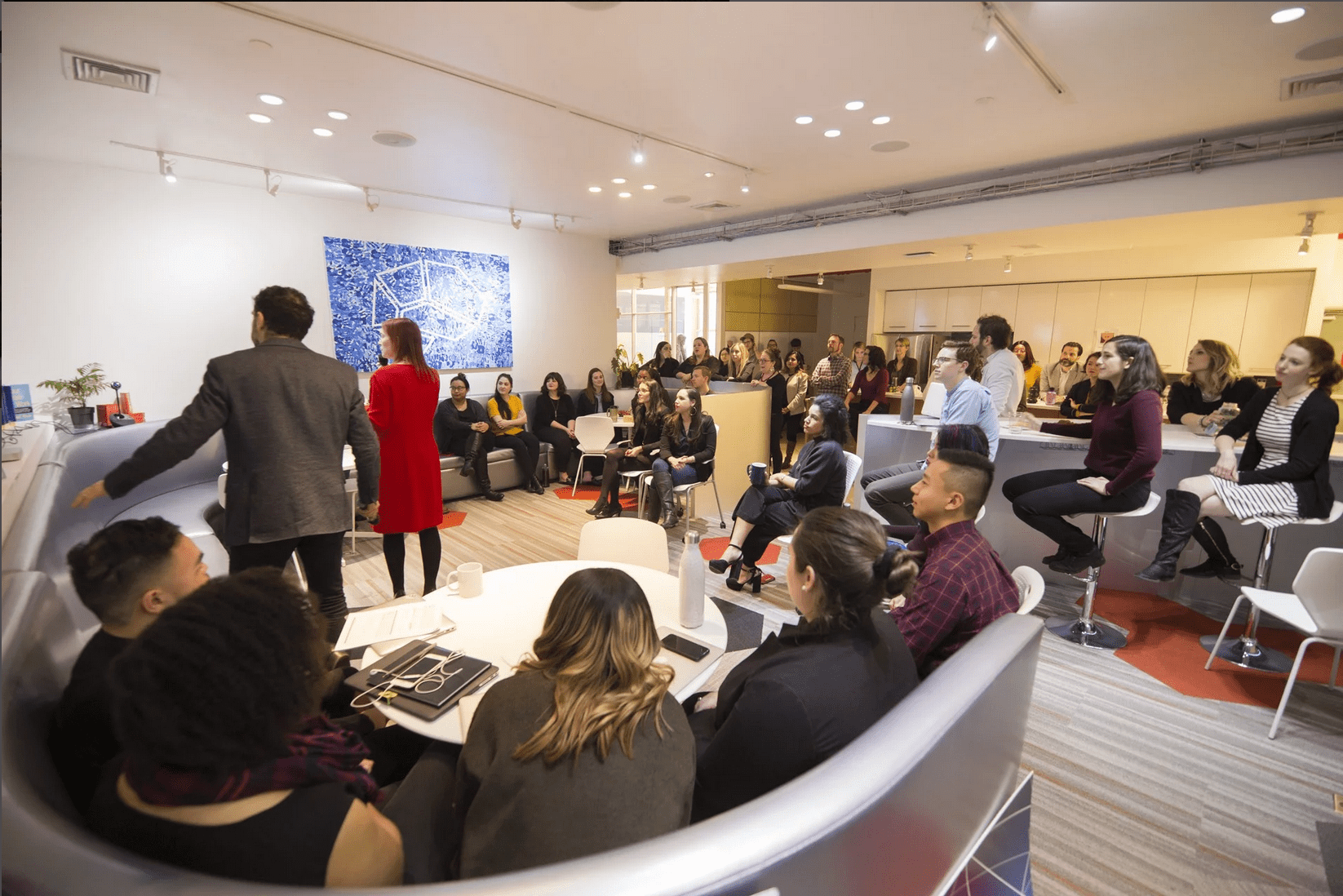Since the first study showing a link between diversity and financial performance, about 200 other studies have come to the same conclusion: Diverse and inclusive workplaces are more creative, more durable, and yield better financial results. Additionally, diverse teams are more innovative, arrive at less-biased decisions, and produce more solutions to problems than non-diverse teams.
So why, when times get tough, is the D&I function often among the first to be cut? The answer is a combination of bias and reliance on systems that inadvertently diminish diversity.
Defaulting to bias
As NLI’s research on organizational behavior demonstrates, during disruption and crisis, we enter a state of threat. Humans have survived for millennia because our brains are wired to detect threat. In fact, we are so finely tuned for survival, our brains are far more likely to detect threat than reward or pleasure. When in a threat state, we tend to make decisions strongly geared toward survival.
That means, at least part of the time, the parts of our brains responsible for logical and deliberate thinking take a back seat to the parts responsible for keeping us alive.
Importantly, it’s in these moments that we tend to make unconsciously biased decisions more often. We rely on specific biases related to safety, experience, and expedience. We err on the side of caution and go back to what has worked in the past.
In this stressed state, it may seem sensible to relieve the organization of efforts typically viewed as “nice to have,” or perhaps a drain on resources. Privileging the short-term may seem far less risky than relying on long-term gains.
For instance, D&I efforts are often scaled back because they live on the support side of the house. Those functions that don’t directly bring in revenue are usually the first to experience cutbacks. And yet, the more quickly we move (and we must move quickly), the less likely we are to make deliberate, evidence-based decisions.
Further, the rules and processes that determine who gets laid off often result in more pink slips for women and people of color. When organizations use formal rules, including “last in, first out” policies, diverse employees are impacted to a much greater degree. Organizations that have made recent gains in diversity see that progress wiped out. Additionally, staff (vs. line) roles, which are held by higher proportions of diverse employees, are among the first to be eliminated.
Take the science-backed approach—and thrive
When it comes to D&I, research remarkably upends conventional wisdom about D&I. The reality is that companies who do not let up on their D&I efforts bounce back from recessions best. A 2019 study looked at publicly-traded companies before, during and after the 2009 Great Recession. It found that the financials of companies that maintained a diverse and inclusive environment flourished while those that didn’t saw precipitous declines.
The S&P 500 saw a 35.5% decline in stock performance between 2007 and 2009. On the other hand, companies that remained highly inclusive experienced a 14.4% gain. They outperformed their less inclusive peers by four times.
Unfortunately, another crisis is undoubtedly upon us. Every day brings uncertainty as we watch swings in the stock market and organizations across the globe get in position to make tough decisions. Perhaps it’s time to replace instinct and conventional wisdom with the scientific insight that will allow us to steer through difficult economic times more strategically.
[action hash= “828b54ca-f297-476c-82f1-7ac98cbba097”]






